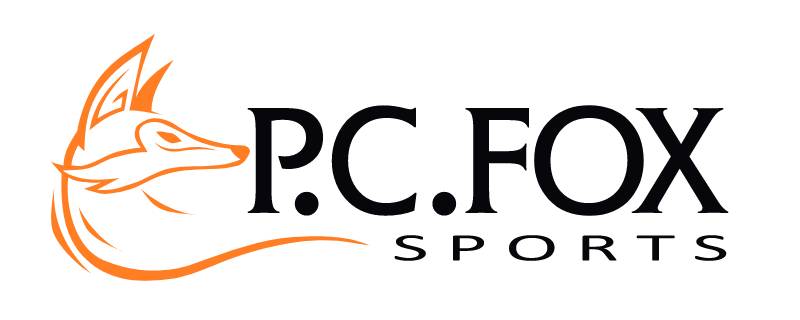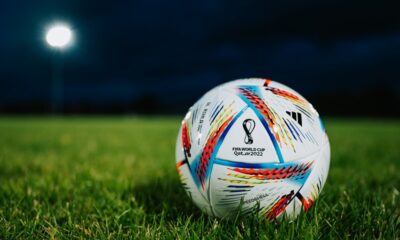Champions League
A glimpse into the past: in 1992, a small Slovak-Hungarian war took place during the match Slovan Bratislava vs. Ferencváros Budapest
Great incongruities accompanied the first match of the second round of the Champions League, in which the best Slovak club Slovan Bratislava defeated the Hungarian pride Ferencváros Budapest 2:1. The day before the match, fans of the home team attacked the opposition players’ bus, and the riots continued throughout the match. It was actually a rematch of 1992, when the two teams also clashed in the same competition.

Great incongruities accompanied the first match of the second round of the Champions League, in which the best Slovak club Slovan Bratislava defeated the Hungarian pride Ferencváros Budapest 2-1. The day before the match, fans of the home team attacked the opponent’s bus, and the riots continued throughout the match. It was actually a rematch of 1992, when the two teams also clashed in the same competition.
The joint Czechoslovak league was still underway, Slovan Bratislava had slipped into the Spartan hegemony and captured the championship title after 17 years. Ferencváros Budapest was assigned the opening round of the Champions League qualification.
“Slovak-Hungarian relations were worse than Czech-Slovak relations,” points out columnist Tomáš Černák, describing Slovan Bratislava’s history, that year the federation actually broke up.
The situation was tense from the draw, he says. “It was to be expected that the duel could bring big problems,” Černák analyses.
“In addition, there had been well-formed, organised and numerous hooligan groups among Ferencváros fans for some time, and they were accompanied by a bad reputation not only in Hungary but throughout Europe. They were extremely nationalistic and often espoused the idea of a Greater Hungary,” he explains.
Evil did not just pour in from the border. “Thousands of citizens of Hungarian nationality from the former CSFR from southern Slovakia were also going to Bratislava to support Ferencváros. Officially, the club from Budapest only got 1900 tickets for its fans in the guest sector. Hungarian travel agencies had an additional 200 tickets and the tickets were bought in large numbers by the Slovak Hungarians mentioned above. This meant that several sectors of the Tehelny Pole stadium were mixed with fans of both unreconciled camps,” Černák outlines the situation. “So there was a fear that the supporters of the green and whites would have the upper hand,” he adds.
What everyone feared happened. “The organisation of the match was not perfect, with Slovak and Hungarian fans together in some sectors,” Černák admits. “The personal searches were also not enough. Although the police confiscated knives, boxers, sprays, iron bars or nunjaks from the hooligans, they managed to smuggle other similar items into the stadium,” he reveals the failure of the organising service.
The match was clearly in favour of the Czechoslovak champions, with the Whites leading three-nil at the start of the second half after two goals from star player Petr Dubovský and one from Pavel Gostič.
Provocations, especially national insults, turning into violence were picked up from the beginning of the encounter, but grew with every catch in the visitors’ net. After the third, bottles, glasses, pieces of concrete and various iron started flying onto the field of play. The health and lives of everyone present were in grave danger.
However, everything was cut short by the vigorous intervention of the police, who called in the emergency services in balaclavas to drive the rampaging away fans out of the stadium with batons and tear gas. “Had I not given the command to intervene, the conflict could have escalated into a mass brawl in which the fans trampled each other to death. We couldn’t even rule out the fences breaking down and then the whole stadium would have been fighting, figuratively speaking,” the security chief described in the report.
The intervention of the Czechoslovak police was firm and decisive. “It must also be said that the members of the special emergency unit made little distinction between hooligans and ordinary Ferencváros fans, beating and driving forward everyone in the sector with batons, including women and underage fans,” Černák admits.
“Unfortunately, the Slovak part of the crowd applauded the intervention,” he finds inappropriate behaviour on the part of the home fans as well.
Fears of a rematch were high. Slovan drew 0:0 and easily secured their progress to the next round of qualification. But of how the Hungarian security forces would treat the fans of the Slovakian champion.
Hungarian newspapers described the police crackdown as particularly brutal, and the football issue was gratefully exploited by politicians, even making its way to a meeting of the Slovak and Hungarian governments.
However, there was calm. Despite all the warnings, only Daniel Antosik, a 15-year-old student, travelled to Budapest by train and hoisted the flag of the Bratislava club in the guest sector..
Source:: ŠK Slovan Bratislava










